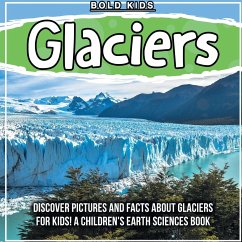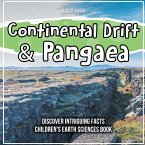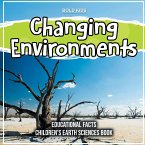The Antarctic ice sheet is one of the world's largest glaciers, spanning over 40 million square miles. If the entire glacier sheet were to melt, the sea level would rise by 210 feet worldwide. The world's glaciers are huge, occupying up to 10% of Earth's land area and storing over 100 trillion cubic meters of water. Although they're massive, glaciers are not as large as they appear. The most common types of ice sheets are alpine glaciers, which form at the top of mountains and flow down through canyons.The name glacier comes from the French word for "ice river". The ice is thick and flows down the valleys, forming mountains. These bodies of icy water are the largest reservoirs of freshwater in the world, storing up to 75% of the world's water. The area where a glacier forms is called a neve, and they typically form between mountain ranges. The weight of the snow and the water in the neval ice causes snow to compact, forming a thick sheet of ice.What are glaciers? They are large, ice-covered ice masses that move along mountains. They're also known as ice rivers. When they're formed, they flow down mountain valleys due to the weight of air. When they melt, they create a lake called a tarn, which fills up the cirque. If you're looking for facts about glaciers for kids, look no further.








